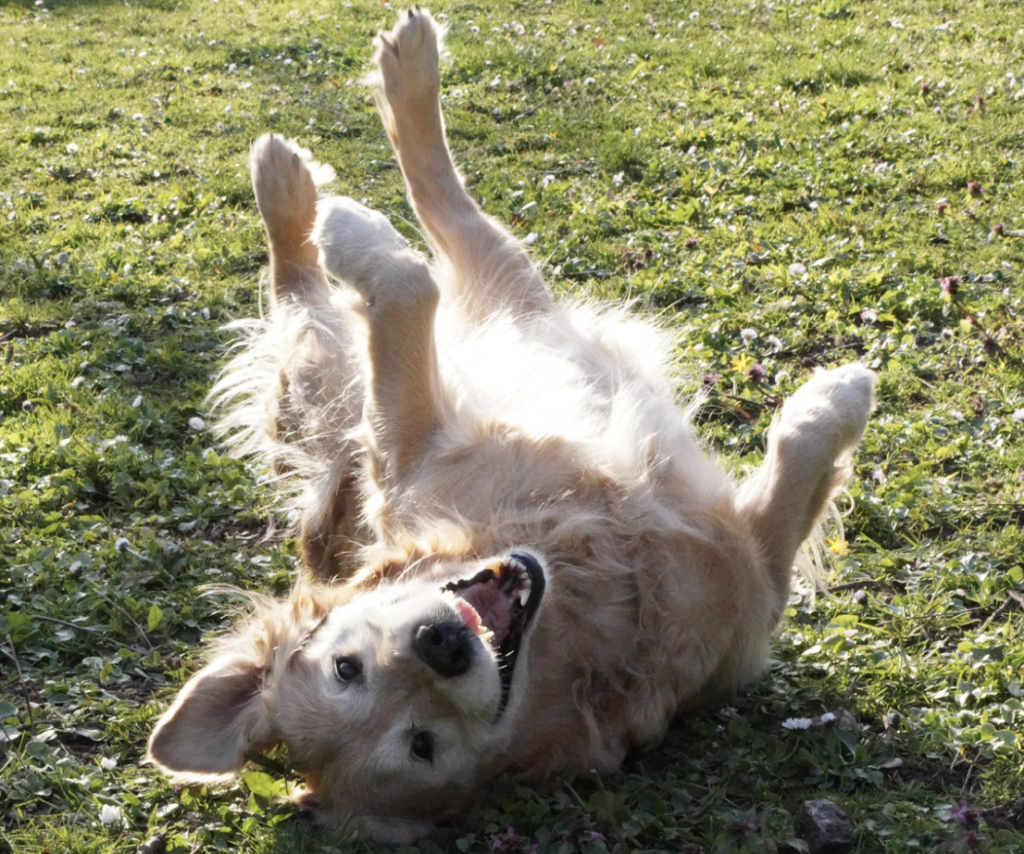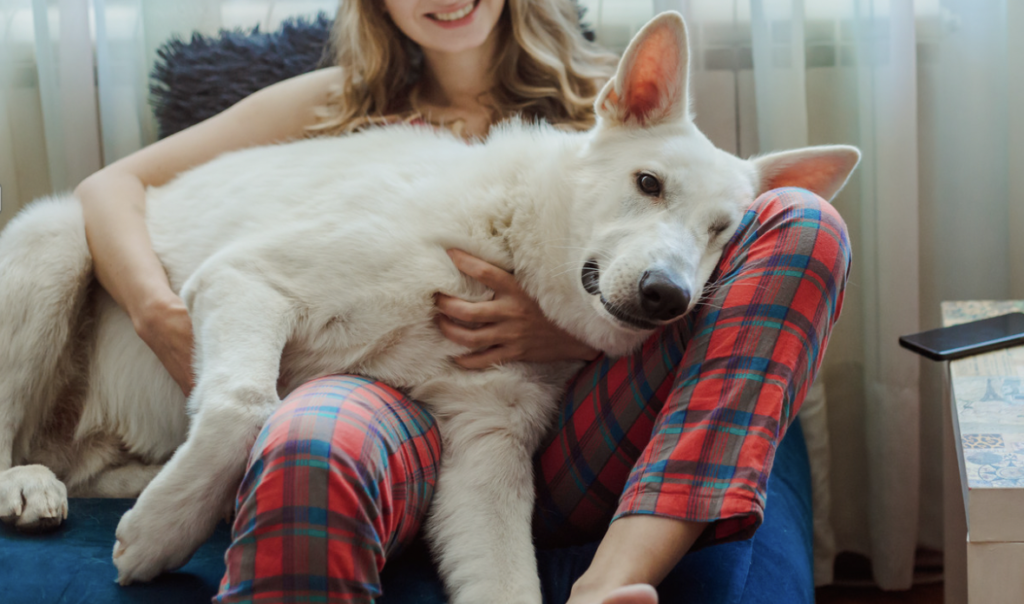Have You Ever Looked Into A Dog’s Eyes & Felt They Were Speaking To You? Understanding Body Language.
Dogs use their bodies to communicate their feelings and intentions, and understanding their body language is essential for building a stronger bond with them. According to world-renowned dog behaviorist and trainer Cesar Millan, “Dogs use their bodies to communicate more than they do their voices. It’s important for us to learn to read and interpret their body language so we can better understand their needs.”

Tail Wagging

One of the most recognizable signs of a dog’s mood is their tail wagging. However, as animal behaviorist and author Victoria Stilwell points out, “Understanding the nuances of tail wagging can help you determine whether your dog is happy, nervous, or agitated.” For example, a fast, high wagging tail usually indicates excitement and happiness, while a slow, low wag can indicate fear or anxiety.
Ear Position

A dog’s ears are another important indicator of their mood. As veterinarian and dog behaviorist Ian Dunbar explains, “Ears are the windows to a dog’s soul. They can tell you whether your dog is relaxed and happy or scared and anxious.”
Ears are the windows to a dog’s soul
Ian Dunbar
When a dog’s ears are perked up and facing forward, it usually means they’re alert and interested. On the other hand, if their ears are flattened against their head, it can indicate fear or submission.
Posture

Posture is another crucial element of a dog’s body language. Dog trainer and author Zak George notes that “A dog’s posture is a reflection of their confidence and demeanor.” A dog who is standing tall with their chest puffed out and their tail held high is likely feeling confident and dominant. In contrast, a dog who is crouched low with their tail tucked between their legs is probably feeling afraid or submissive.
Eye Contact

Eye contact is a powerful form of communication for dogs, as animal behaviorist and author Karen Pryor explains: “By learning to read your dog’s gaze, you can gain insights into their emotional state and build a stronger bond with them.” A direct stare can be seen as a threat, so if a dog is avoiding eye contact or looking away, it can indicate fear or submission. However, a dog who is staring directly at you with their eyes wide open can be a sign of aggression.
Side Eye

While human instinct is to think this behavior is cute or quirky, dog side eye (known as “whale eye” by dog trainers and behavioral experts) is a sign of discomfort, fear, or anxiety. Learn more about side eye + photos of dogs giving the Side Eye!
Facial Expressions

A dog’s mouth and facial expressions can also provide important clues about their mood. A relaxed, open mouth with the tongue hanging out usually indicates a happy, relaxed dog. However, a dog who is growling or snarling with their lips curled back is feeling threatened or aggressive. As Stilwell points out, “A dog’s body language can tell you a lot about how they’re feeling, and it’s important to pay attention to all the subtle cues.”
Other Ways Dogs Communicate
Play bow (Downward Dog)

When a dog playfully bows down with their front legs while keeping their hindquarters in the air, it usually indicates that they are feeling playful and want to initiate playtime.
Rolling over

When a dog rolls over onto their back and exposes their belly, it can indicate submission or a desire for belly rubs. However, it’s important to note that this posture can also indicate fear or anxiety if the dog is not relaxed and is avoiding eye contact.
Hackles raised
When a dog’s hackles (the fur on their back) are raised, it can indicate that they are feeling threatened, anxious, or aggressive. This posture is often accompanied by other signs of aggression, such as growling, baring teeth, and a stiff body posture.
Leaning into you

When a dog leans their body weight into you, it can be a sign of affection and trust. It’s their way of showing that they feel comfortable and safe with you.
Scratching or pawing

When a dog scratches or paws at you, it can be a sign of excitement or attention-seeking behavior. However, it’s important to make sure that the behavior is not a sign of discomfort or pain.
Understanding a dog’s body language is crucial for building a strong relationship with them. By following the advice of these renowned trainers and paying attention to a dog’s tail wagging, ear position, posture, eye contact, mouth and facial expressions, and overall behavior, pet owners can better understand their furry companions and respond appropriately to their needs. As Millan puts it, “Learning to read your dog’s body language is one of the most important things you can do to become a good pack leader.
Related Posts
- What Your Dog’s Cute Side-Eye Really Means
- 6 Rules for Keeping Dogs Off Couch
- Do Dogs Get Tired of Barking?
- But Really, Is Breed Actually That Important In Dog Behavior?
- What is A Pocket Bully? Learn All The Details
